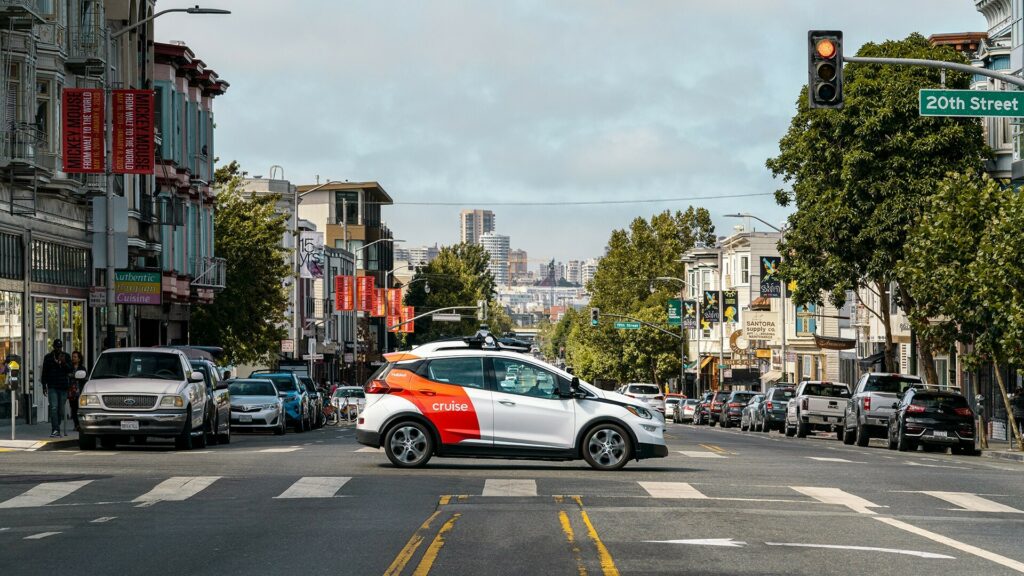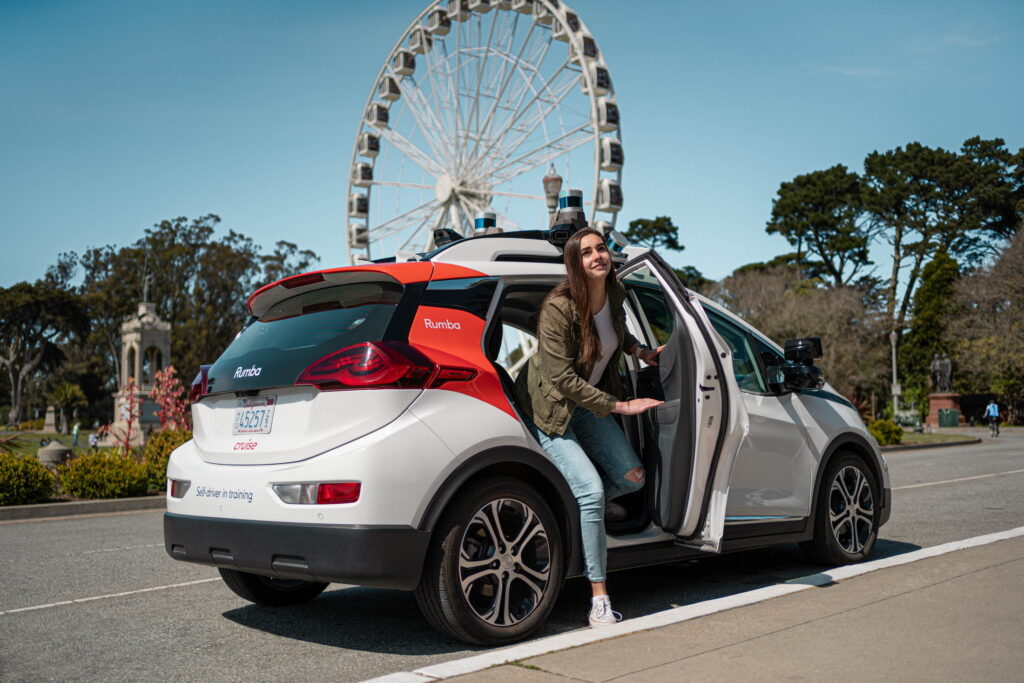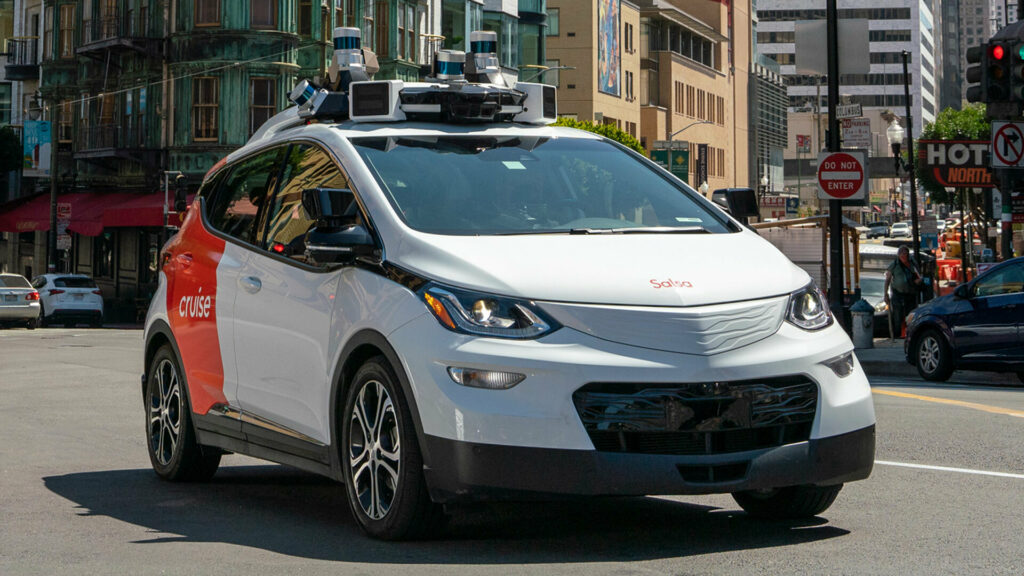- Cruise vehicles will soon hit the streets of Phoenix to map roads and gather up-to-date information.
- Humans will drive the vehicles as Cruise is looking to rebuild trust following a high-profile accident in San Francisco.
- Cruise plans to eventually return to using autonomous driving technology, but with safety drivers on board.
Cruise hasn’t exactly been cruising ever since one of their vehicles dragged a pedestrian approximately 20 feet (6 meters). However, the company is looking to move past the incident and resume their autonomous driving plans.
This is easier said than done as the company is “working to rebuild trust” and determine which cities to focus their efforts on. However, in the meantime, they’re resuming operations in Phoenix.
More: Cruise Slashes 24% Of Workforce As Part Of Safety-Focused Restructuring
That being said, things aren’t back to normal as the company’s vehicles will be driven by humans instead of technology. The cars won’t be transporting passengers either as the company is focused on creating maps and gathering information.
Cruise says this is a “critical step for validating our self-driving systems as we work towards returning to our driverless mission. This will help inform where we ultimately will resume driverless operations.”
While the company implied a final decision is still up in the air, they noted “Cruise has a strong history in Phoenix and it is home to a large number of Cruise employees.” The company added that the city “supports AV and transportation innovation” and is an “incubator for advanced technology.”

That sounds like Cruise might be preparing to say goodbye to San Francisco, but the company noted “we plan to expand this effort to other select cities as we continue to engage with officials and community leaders.”
Regardless, Cruise says they haven’t been sitting idle as they’ve “maintained ongoing and extensive testing in complex, dynamic simulated environments and on closed courses.” However, they’re returning to public roads to generate high-quality maps as well as gather up-to-date information.
Moving forward, Cruise said they’ll eventually validate the performance of their autonomous vehicles with “supervised” drives on public roads. These vehicles will have human backup drivers, monitoring their operation and having the ability to take over if needed.
While the path forward will be slow and bumpy, Cruise said they’re “committed to safely deploying our technology in close collaboration with officials and communities at every step.” The company also said they’re confident autonomous vehicles will not only save lives but improve lives as well.





